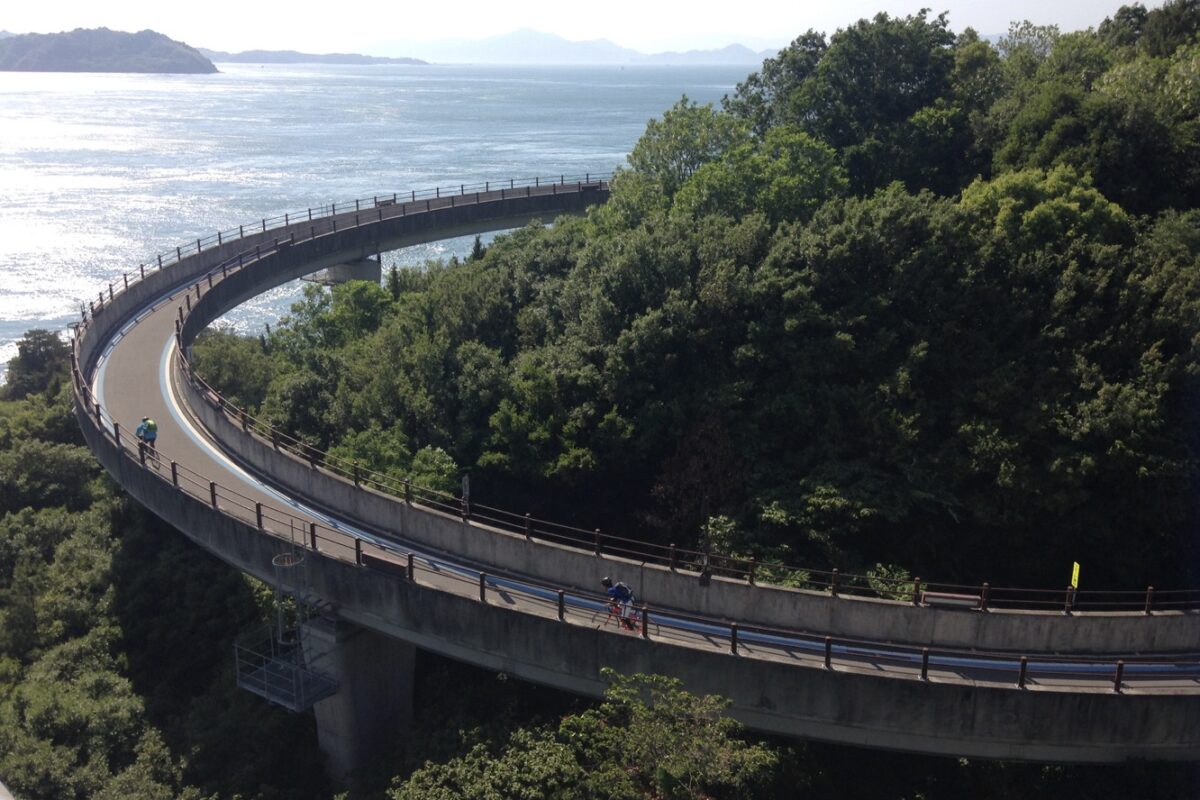
(Photos: Robert Pickett)
Robert Pickett, a former (and future!) Portland resident and member of the Portland Police Bureau Bicycle Patrol Unit, is currently serving as a U.S. diplomat stationed with his wife and two daughters in Sapporo, Japan.
“Its the best ride in Japan—let me know if you end up doing it and want some company.” High praise from my boss — a taciturn triathlete with an eye for art and nature, and many years living in Japan. I figured I’d better ride the Shimanami Kaido sometime before the end of my time here.
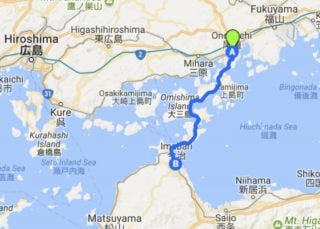
The Shimanami Kaido is a 45-mile bicycle route across Japan’s Seto Naikai (Inland Sea) from the City of Onomichi on Japan’s main island of Honshu to the City of Imabari on Shikoku, the smallest of Japan’s four main islands. Well marked, its mostly country roads skip across six smaller islands via one ferry and six soaring bridges, all with dedicated bicycle facilities.
Last May, during Japan’s Golden Week of consecutive holidays, my boss and I spent three days and three nights surrounded by amazing culture and unforgettable scenery in an out-and-back trip starting in Yokohama.
In Japan, if your bike is covered by something, anything, you can bring it on most trains for free. This lovely policy his has led to the birth of a relatively small, but active rinko (bike travel) culture. Most bicycle shops sell thin plastic rinko bags shaped to encase a bicycle with one or both wheels removed. It isn’t exactly putting your bike in a plastic trash bag, but close. My boss and I bagged our bikes and hopped on the bullet train, stashing them in the space behind the last row of seats. Arriving in Onomichi about two hours and 400 miles later, we reassembled our bikes and rode to a hostel for the first night.
The next morning started with a ferry across a narrow waterway to the first island stepping-stone. Originally designed for a couple of cars, the boat now hauls cyclists and pedestrians for a minimal charge. At the opposite terminal we started following the special blue-colored fog lines that guide cyclists along the Shimanami cycle route to the first of six major bridge leaps to the next island. The bicycle approaches to most of these bridges are completely separated from the motor vehicle approaches, and the first one was a ten foot ribbon of asphalt winding through trees and flowers on a climb up to the cycle/ped crossing suspended below the main automobile deck.
Advertisement
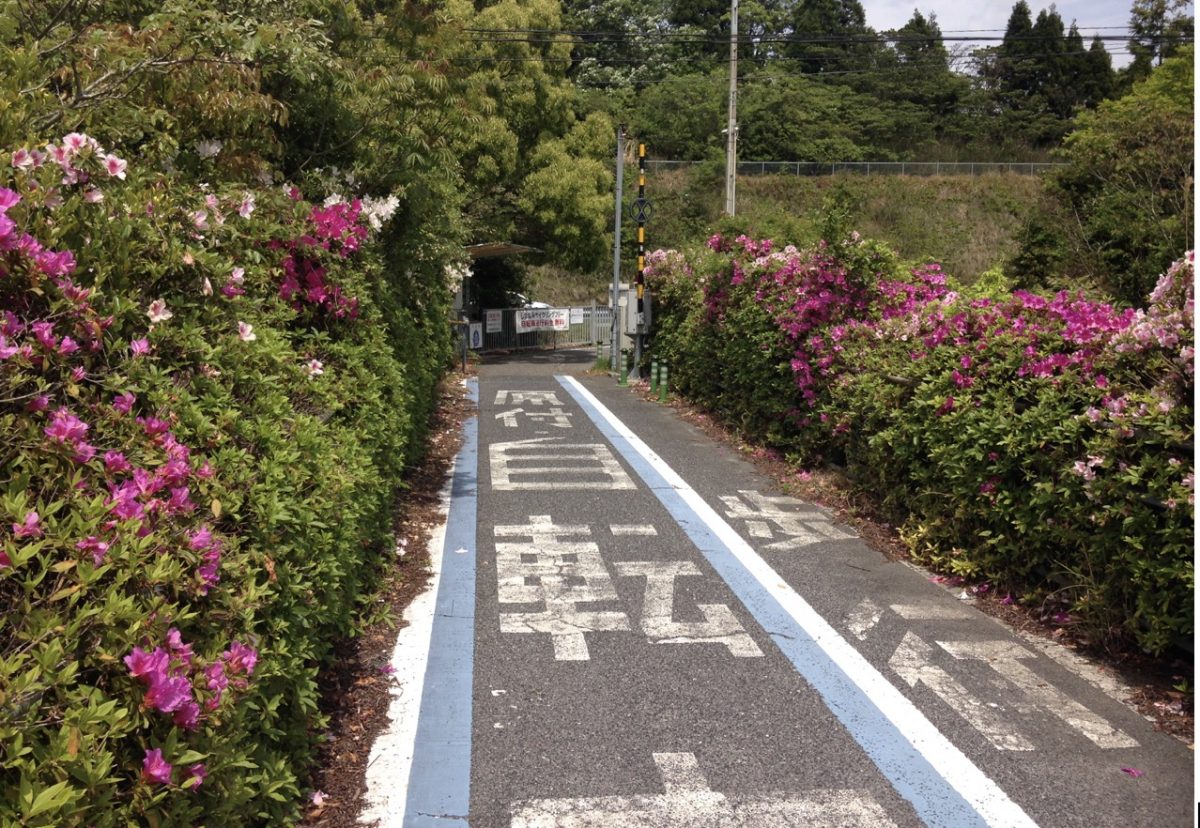
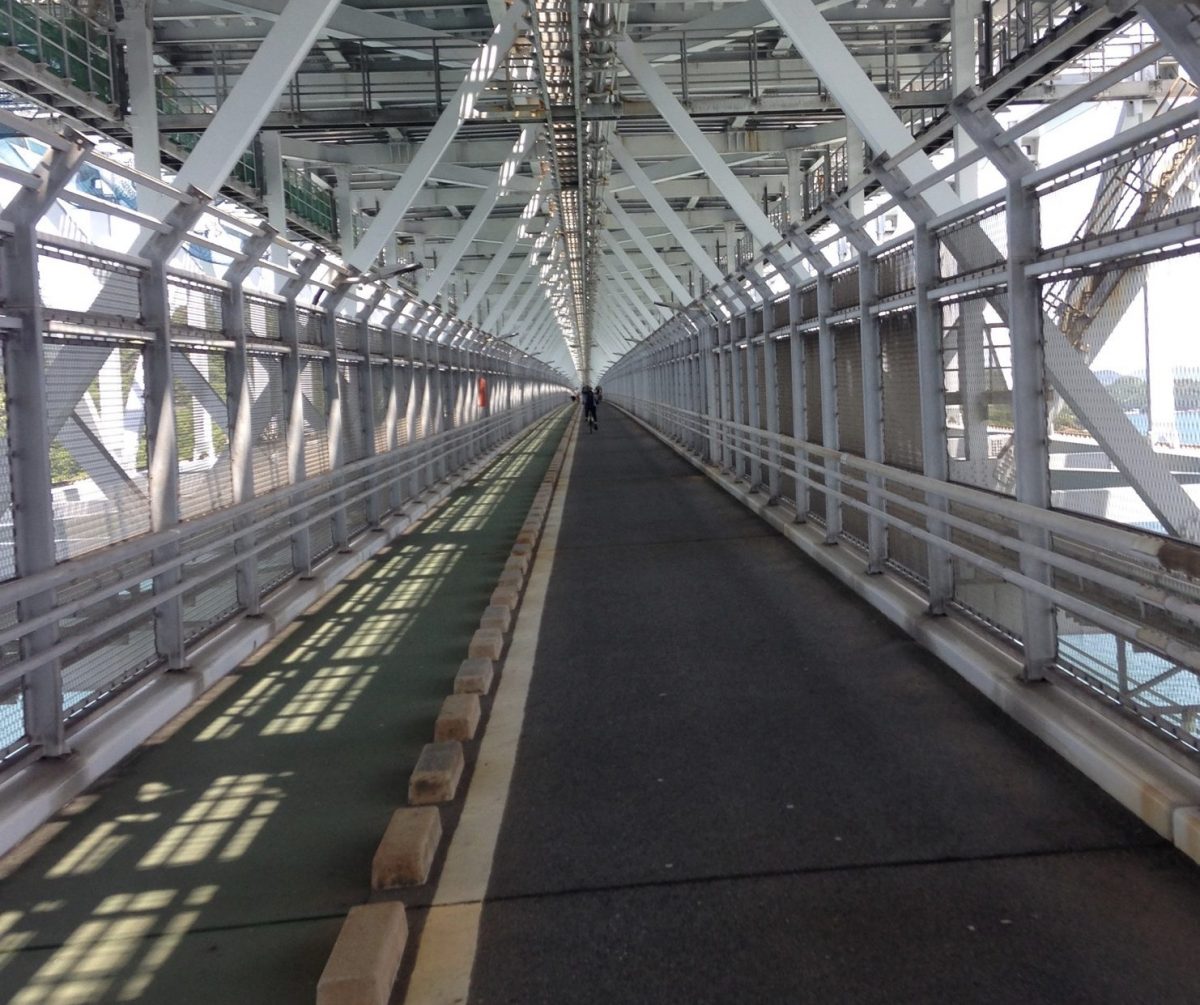
The day continued with bridge crossings and blue road traverses along emerald-edged coastline, through citrus and fig fields, and narrow village streets.
Traffic was relatively light, and featured plenty of other cyclists. Some were clearly serious with lots of spandex. Others were families with younger kids, out to ride just a bridge or two. Another nice thing about Japan is the frequency of convenience stores and their relatively fresh, healthy fuel options.
The last bridge of the day was the longest, tallest with the most breathtaking views. The Kurushima Kaikyo span is actually three contiguous suspension bridges, resulting in 2.5 miles of road suspended 200 feet in the air by six, six-hundred foot towers. Imagine the St. Johns Bridge, but six times longer and two-hundred-foot taller towers. The bicycle-only approaches spiral up into the air, first through, then above the trees to reach the road deck.
Oh the political will needed to pour that kind of money into a bicycle facility!
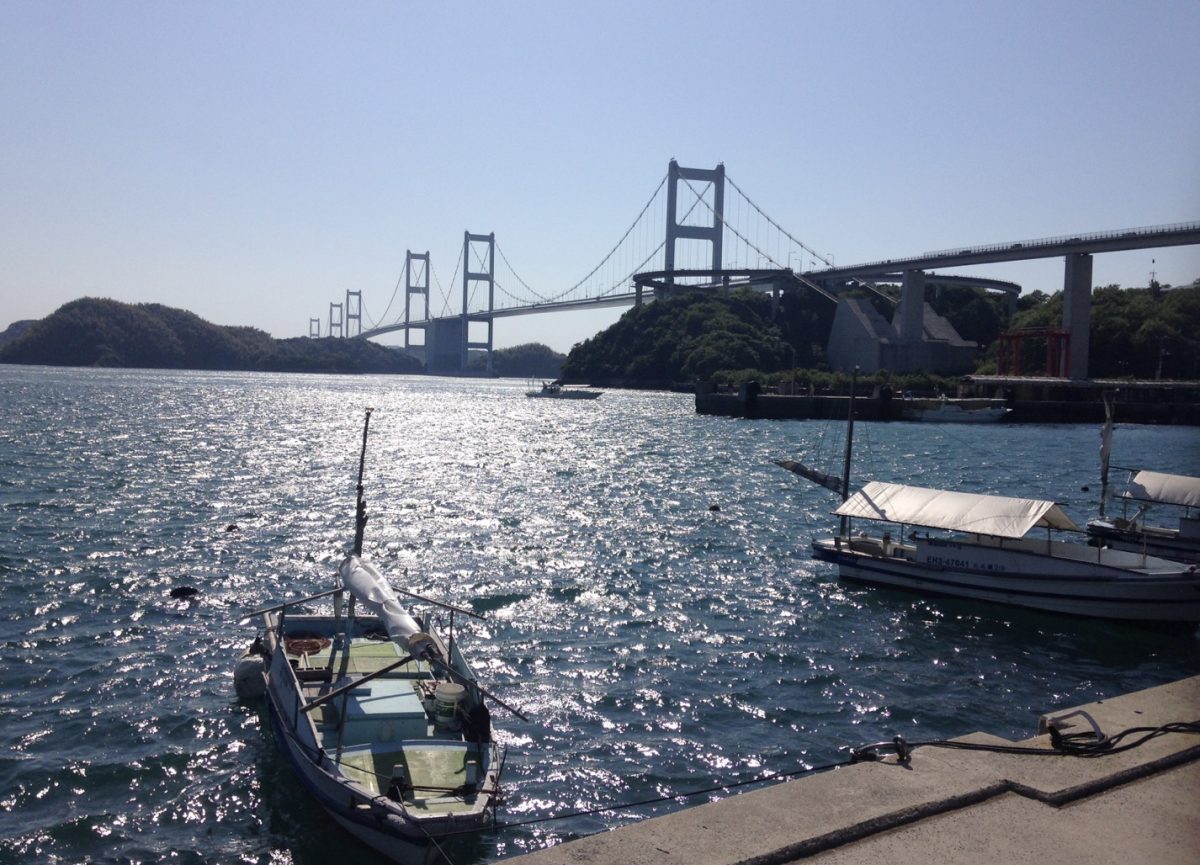
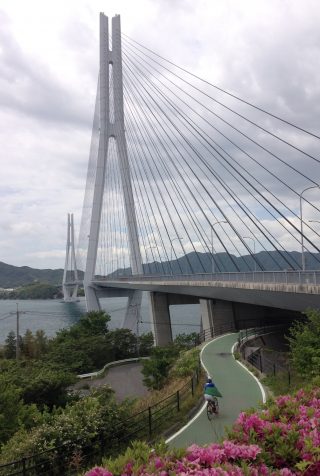
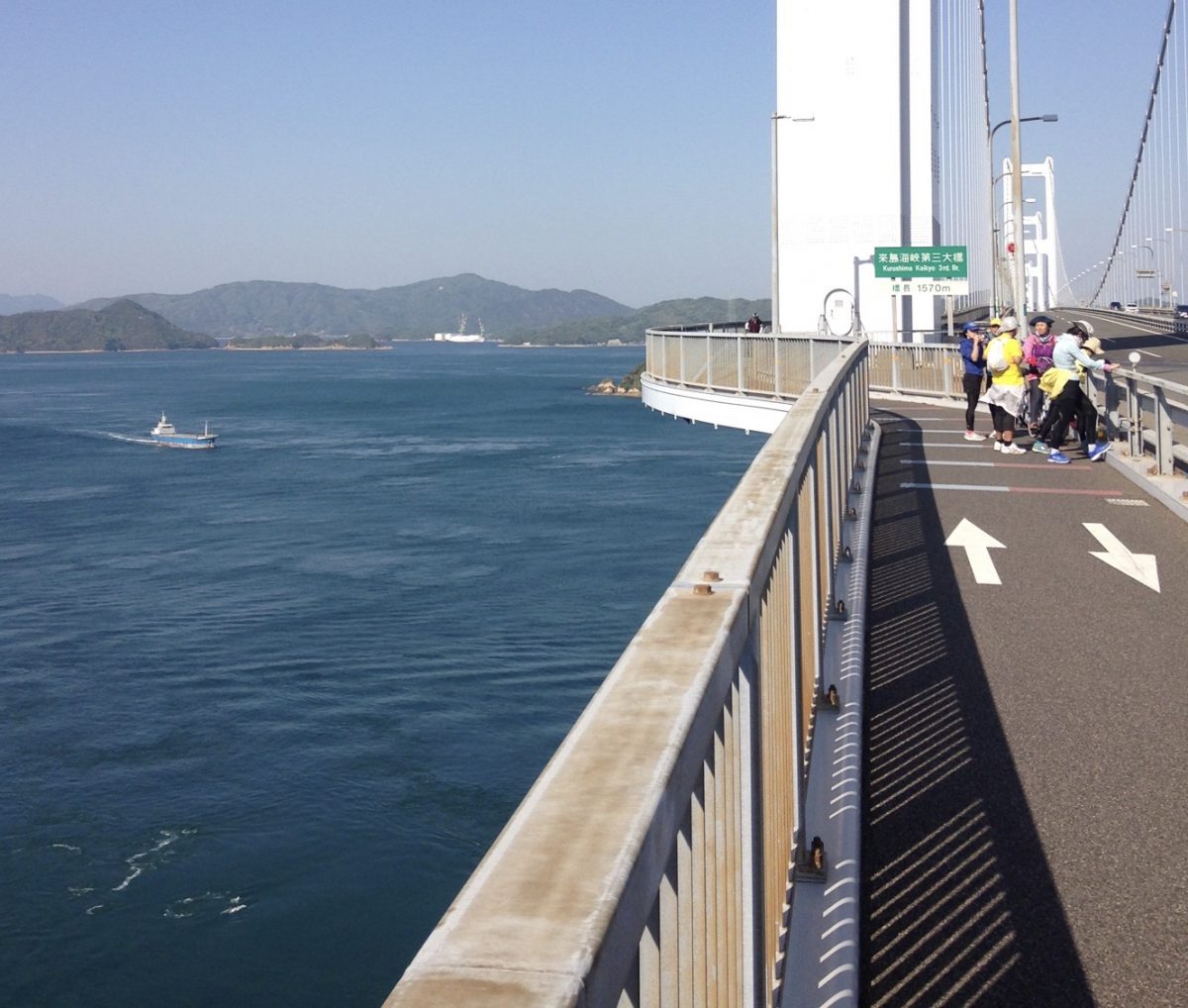
That night we spent at an Airbnb that featured bike parking in the bedroom. We also explored the local castle.
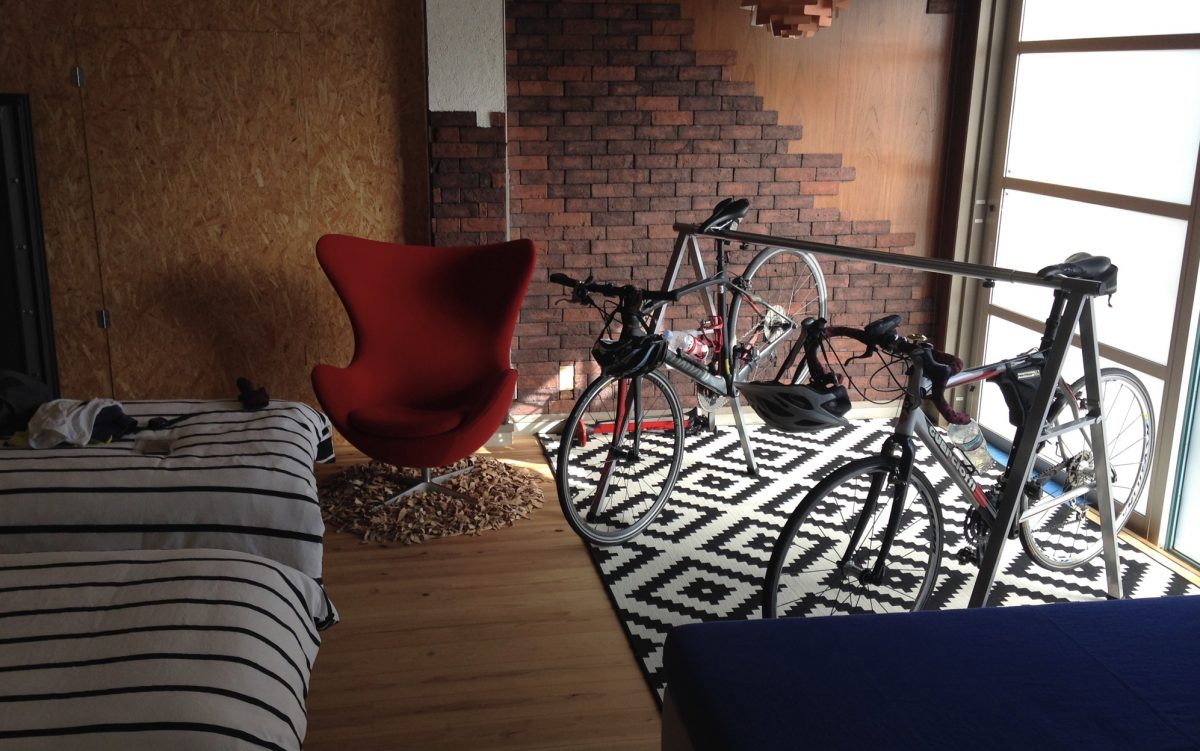
We began the next day with a soaring, tailwind-powered flight back over the Kaikyo Bridge. Instead of repeating the exact ride back to Onomichi, we diverted to a few of the less-pedaled islands, enjoying the even quieter roads and blue-water vistas, slowly making our way to an intriguing guest house I’d found online.
The Shiomi Guesthouse was cheap, off the beaten path, featured communal eating and sleeping on Japanese tatami rooms, as well as a wood-fired hot tub. But the hook was set when I clicked “history” and found a multi-part account of Robert Shiomi, born in the house in 1904, and immigrated to Portland when he was 13. He attended Failing Elementary, Benson Polytechnic, U of Oregon Medical School, and became a doctor! Interned to Minidoka in Idaho with his wife and six-month-old daughter during WWII, he returned to Portland with his family after the war where he lived his life as a respected doctor and unceasing advocate for better relations between Japan and the U.S. It was an unexpectedly sassive Japan-Portland connection… And the guy’s name was Robert! My high expectations were met by a kind, gracious hostess, interesting guests from various parts of Japan (including a gentleman who had already accomplished his retirement mission of visiting all 6,800 or so of Japan’s islands), great local cuisine, and a hot soak. A great finale to a fun trip.
The next morning we made our way back to Onomichi, bagged our bikes back up, and bulleted back home to reality.
And of course I Strava’d my ride home on the bullet train, just so I could see the 249 mph average speed.
I highly recommend this route if you’re looking for a fun bike tour in Japan. For more info, check out this PDF for excellent maps and information in English.
— Robert Pickett
Never miss a story. Sign-up for the daily BP Headlines email.
BikePortland needs your support.



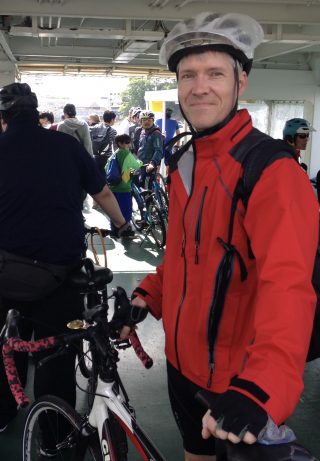
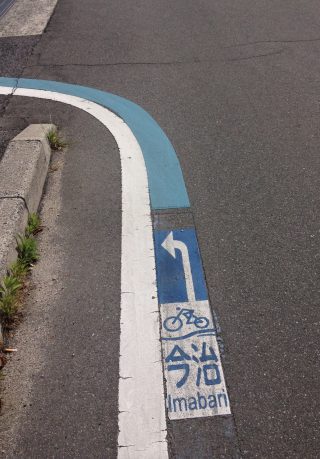
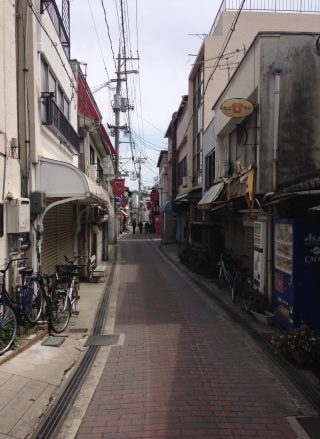

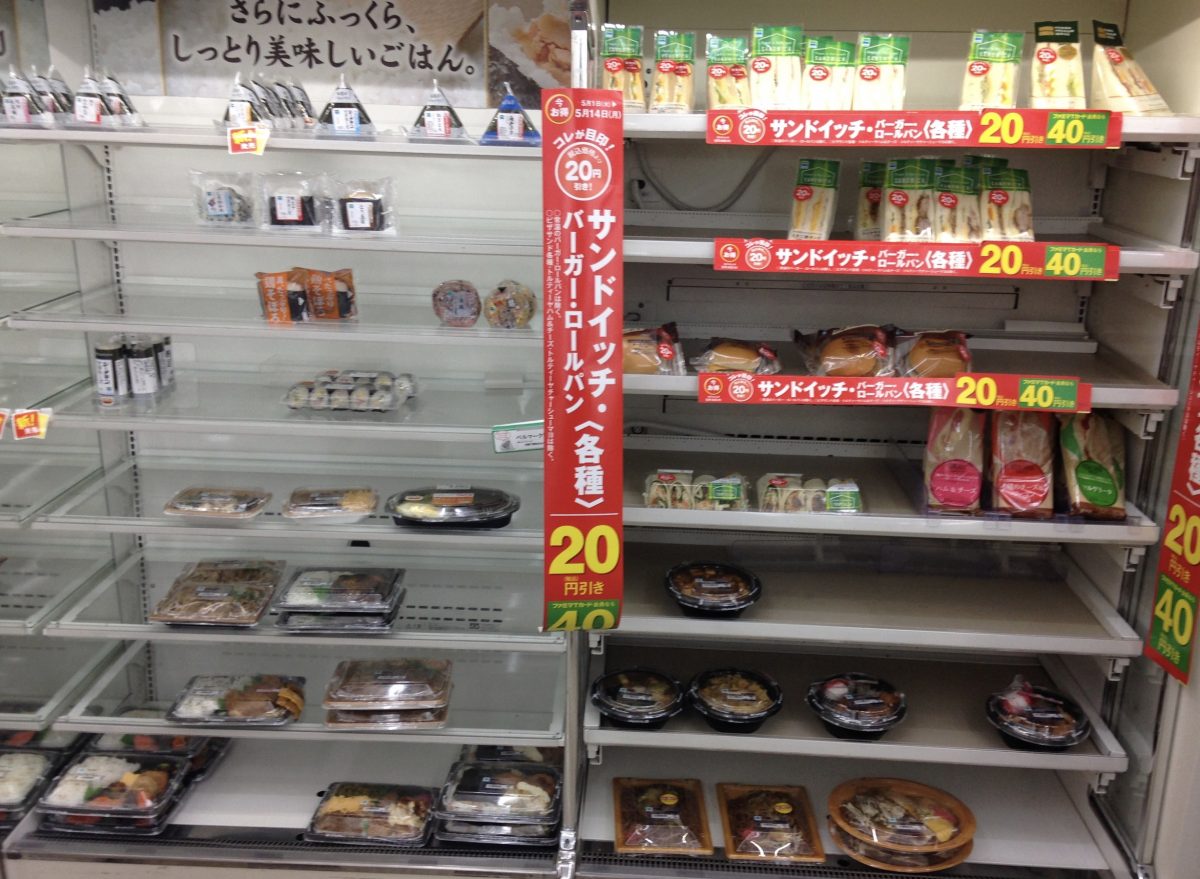
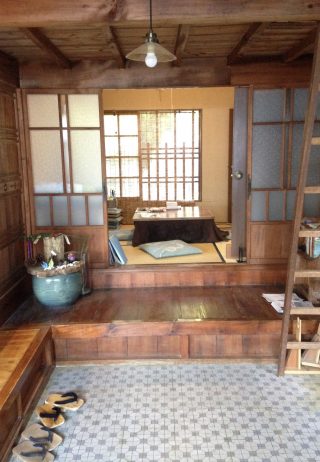
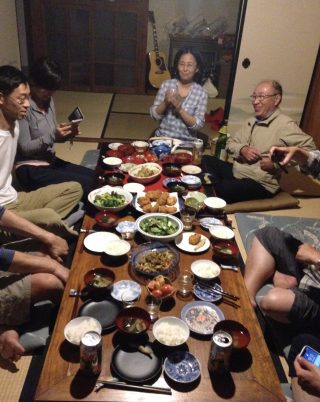

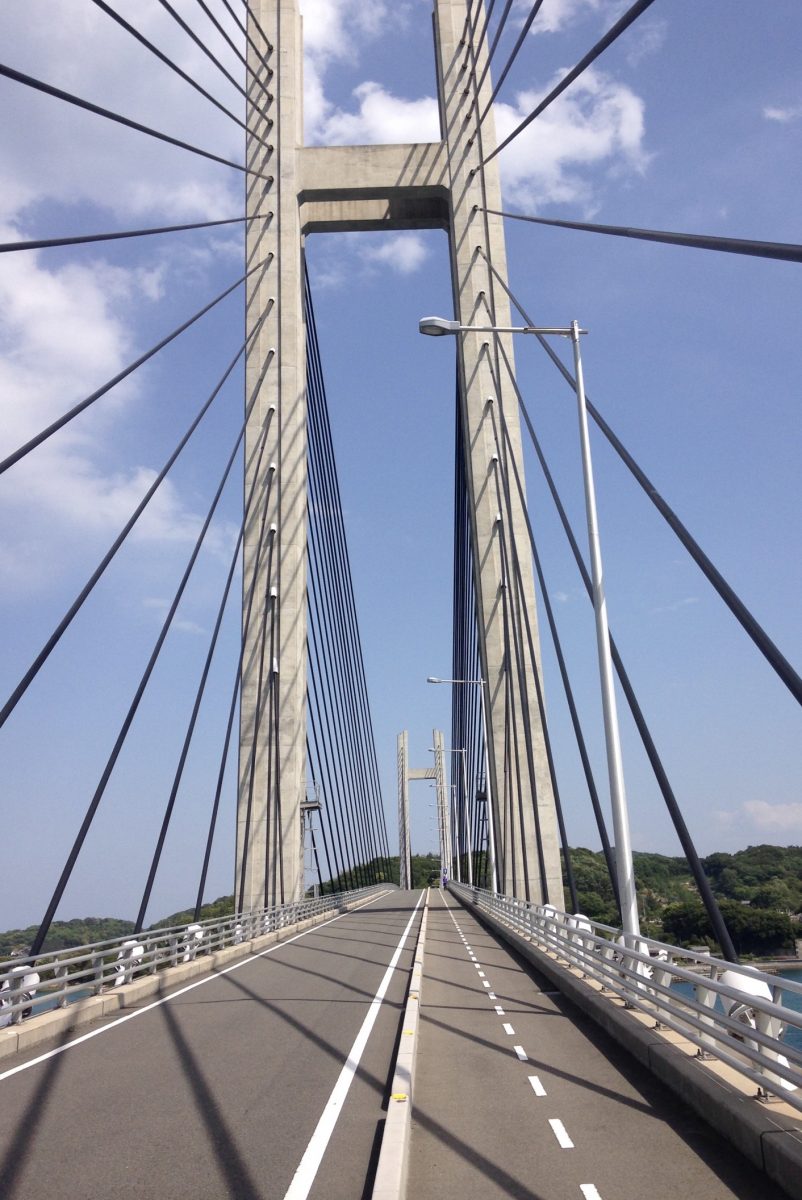
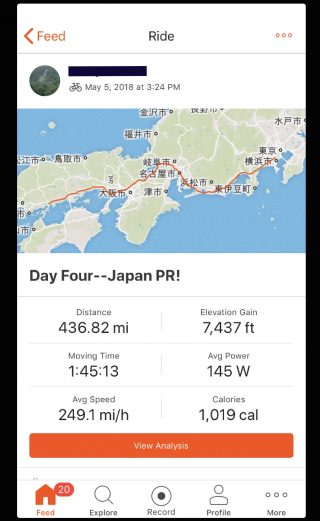

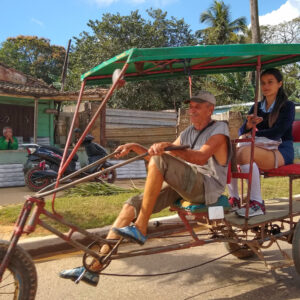
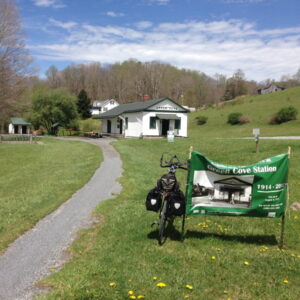
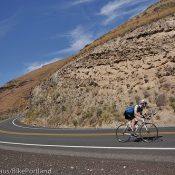
Thanks for reading.
BikePortland has served this community with independent community journalism since 2005. We rely on subscriptions from readers like you to survive. Your financial support is vital in keeping this valuable resource alive and well.
Please subscribe today to strengthen and expand our work.
Incredible how different an environment can be when designed for humans. Amazing.
Japan is extraordinary, yes.
Marvelous people!
“Arriving in Onomichi about two hours and 400 miles later…”
So jealous. Do the math: 200 mph. On a train. Without the elaborate “boarding process” and taxiing and waiting for runway clearance before you get under way. In the next few years they’ll be finishing up the shinkansen link to Hokkaido, the northernmost island, at which point you’ll be able to travel almost the whole length of the country by bullet train. Sometimes it’s fun to imagine living in a civilized country.
I’ve done this ride! We rented bikes in Onomichi (cheap, rickety, first-come-first-serve “mama-chari” shopping bikes; mine had a seat in the back for a toddler that I happily strapped my backpack into) and rode to Imabari. We rode at about 7-10mph pace (mama-chari can’t go much faster) and took minimal stops; started at about 11am and ended in downtown Imabari about 6-7pm. There are bike rental places all along the route, and they’re part of the same system so you can pick a bike up at one place and drop it off wherever (turns out our Imabari business hotel was part of the system too, so we just rolled into the building and left the bikes in an alcove by the entrance!). It was fun as a day trip, but a 2-day trip with a stop in the middle would have allowed for more side-trips (like Robert did).
I was expecting a fully-separated cycling experience and was a little disappointed to find it was mostly multi-use paths and wide sidewalks along the main road, and there were a few uncomfortable crossings involved. The start near Onomichi is probably the worst part; it gets much better after the first island (while the route is bi-directional, the southernmost bridge is the most impressive one, and is good to save for last, plus going south means you can get the short ferry from Onomichi out of the way). However while it’s maybe not as comfortable as say a rails-to-trails ride, the Shimanami Kaido is way more interesting with its mixed scenery, plus given the available food & supply stops along the way, you can get away with packing light.
My favorite part of the Shimanami Kaido was actually a minor detail: the blue line painted along the entire route. As long as you followed the blue line that was marked on the roadway you could not get lost (worst-case scenario you could get turned around, but with occasional wayfinding stamps in the line, any alert rider would realize within a mile or so they were going the wrong way). I think this is a simple technique that could be adapted to any set route, especially ones that have to cut through neighborhood streets. Examples in Portland that could benefit from this are the Springwater Corridor (where it detours through Sellwood), the Trolley Trail (where there are a few confusing intersections and connections), and the future Green Loop. There are also a few greenways where I often manage to miss the correct turnoff or jog (Couch-Davis-Everett is possibly the worst one for me, the 20s Bikeway is another) and perhaps while there isn’t need for a line the entire stretch of greenways, the route would benefit from a continuous painted line the few blocks leading to and through any jogs.
Fun fact for anime fans: the Shimanami Kaido makes appearances in two excellent series that otherwise have little to do with cycling: the artistic/surreal Tatami Galaxy aka Yojohan Shinwa Taikei anime (episode 3) which is closely based on real-world Kyoto, and the realistic LGBTQ+ manga series Shimanami Tasogare which takes place in Onomichi (for the record, both series are worth watching/reading by their own rights).
“I think this is a simple technique that could be adapted to any set route…”
Amen to that. How about the 205 path that keeps dumping you at various cross streets with no clear continuation on the other side? I did it once and was so turned off by the lack of respect for the not-yet-familiar i never felt like trying it again.
“Oh the political will needed to pour that kind of money into a bicycle facility!”
Another way to look at this difference would be to acknowledge that most of our tax dollars go into weapons, war, violence. If we quit that we could buy, build, do most anything (useful) with all that money we have but currently burn.
Nest failure. Sorry.
Absurdly jealous!!! That looks amazing.
Nice report, please tell us more about bike culture and infrastructure in Japan. But… your 249 mph return train trip is not possible. The distance looks right, but the time is too short. The fastest service on the Tokaido shinkansen between Tokyo and Osaka takes 2:30. And there’s another 100+ miles from Osaka to the Shin-onomichi station.
Call it ~180 mph average, with a max a little over 200 mph. Pretty impressive, and enviable, but not mag-lev.
The real scandal is that Strava says that trip only burned around 1k calories! I always knew those estimates seemed unreliable. 😉
“your ride, ‘Day 4, Japan PR’ has been flagged as suspicious…”
If one took a group of friendly visitors from another galaxy on a cycle tour in Japan via the Bullet train to this amazing trail and then took them for a tour to Portland via Amtrak for a ride on the Springwater trail then asked them to guess which country won WWII I think their guess might be different than the historical account.
I dunno… A culture where you take “vacations” with your boss? That’d never fly back here in the good ole’ U S of A.
SilkySlim that might be saying more about your relationship to your boss(es) than what this experience is like 😉
…But he’s working for the US State Department, not a Japanese enterprise. Japan has a lot of enviable traits, but its corporate work culture is not among them.
But if you drove them down to Lake Oswego in a luxury SUV, I’m sure they would be impressed. It’s a small sacrifice that the rest of us have to make.
Great story and Portland would be happy to have Robert back!
PoPo, we miss you!! Thanks for taking the time to write this up and share your photos; I am quite certain that the Shiomi Guesthouse can expect numerous guests thanks to you. Sounds like a terrific ride.
+1
This is why I still read BikePortland from the other side of the country!
“In Japan, if your bike is covered by something, anything, you can bring it on most trains for free.”
On non-crowded long distance trains with areas to stow luggage, maybe. On commuter trains in Tokyo, I don’t know if they are prohibited specifically, but people would stare daggers at you. People in Tokyo generally ride their bikes to the station and leave them there to get on the train.
Could maybe the next US president do a little outsourcing and nominate someone Japanese for secretary of transportation?
What I really like about this travel account is it’s covering aspects of rural and small town Japan. Seems like most of what we’re exposed to is the intensely urban aspects of that very populous nation. Refreshing to consider the place and culture through this lens – good stuff!
Ed, If you like reading about rural rides in Japan, I highly recommend picking up practically any issue of Bicycle Quarterly from the past few years!
Also, I just highly recommend Bicycle Quarterly no matter what.
Way to go Robert! Thanks for this story.
Wow, blast from the Portland Bike Past! A name that brings up images of a simpler and more bike friendly / bike hopeful time in Portland…
Thanks for sharing, Robert. Glad to see you’re doing well.
I hope to ride this sometime soon…
Ted Buehler
Y”all are super kind! We always miss Portland and our friends!
I did this a couple of years ago. There is nice hotel/bike shop in Onomochi that rents Giant road bikes; there is a bike hanger in every hotel room. It was probably the best fit in a rental bike that I have had.
The part I remember is that in late summer it was really hot and humid. Luckily, in Japan there is a convenience store every 2km. Pocari sweat was my saviour. Also every bridge is climb, kind of like doing multiple repeats up Mt. Tabor.
Well since the good ole usa us quite good at making war where non exists since world war 2, the. Starting fights with other nations and states because of our pro bully and pro war stance…then stating “we are defending your freedom” when In all reality, we are bully on the block….
It’s not political will, it’s mentality change. Of course, Japan is now on a pro war footing so expect some of this Utopia to go away .
America could be the Swiss of the west. But instead, we are the Russia of the west.